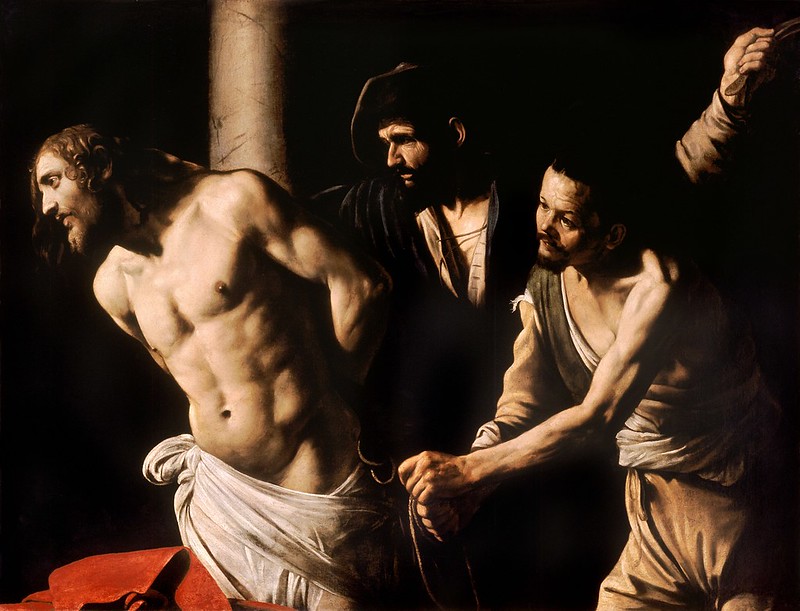Florian Leopold Gassmann (1729-1774)
- Stabat Mater à 4 voci
Performers: Cаppellа Novа Grаz; Ottο Kаrgl (leitung)
Further info: Florian Leopold Gassmann (1729-1774) - Opera Overtures
---
Bohemian composer. He may have been educated at the Jesuit Gymnasium in
Komotau (now Chomutov). The most reliable biographical sources name the
regens chori at Brüx, Johann Woborschil (or Jan Vobořil), as his teacher
in singing, the violin and the harp. Against his father’s wish he
decided to make music his profession and left home as a boy, making his
way to Italy where he may have studied with Padre Martini. No details of
his service under Count Leonardo Veneri in Venice are known. The first
datable musical event of Gassmann’s life was the production of his opera
Merope at the Teatro S Moisè, Venice, in Carnival 1757. His operatic
success in Italy led to his being called to Vienna as ballet composer
and successor to Gluck (1763). During the year of mourning on the death
of Franz I (1765-66) the Viennese theatres were closed, and Gassmann
again visited Venice, where his opera Achille in Sciro was produced at
the Teatro S Giovanni Grisostomo. On this trip he met Salieri and
brought him back to Vienna as a pupil. To the end of his life Salieri
held Gassmann in high esteem. In 1770 Gassmann wrote La contessina, his
most popular opera, for a meeting of Joseph II and Frederick the Great
in Mährisch-Neustadt; earlier in the same year he had been to Rome for
the production of his opera Ezio. Gassmann was the founder of the oldest
Viennese musical society, the Tonkünstler-Societät, of which he was the
first vice-president. His oratorio La Betulia liberata was written for
one of the society’s first public performances (29 March 1772).
On 13 March 1772 he succeeded Georg von Reutter as Hofkapellmeister,
immediately beginning an important reorganization of the court chapel’s
personnel and library. Burney, who already knew some of Gassmann’s
operas from productions in Italy, attended a performance of I rovinati
in Vienna in 1772, and he published praise of the manuscript string
quartets he brought back to England. Gassmann died as a result of a fall
from a carriage in 1774. Gassmann’s two daughters, Maria Anna Fux
(1771-1852) and (Maria) Therese Rosenbaum (1774-1837), studied music
with his protégé, Salieri, and became opera singers of repute. Empress
Maria Theresa was godmother to his second daughter, born after his
death. Gassmann’s music was generally highly regarded by such
18th-century musicians as Burney, Gerber and Mozart; his operas were
quite popular, receiving performances in places as far apart as Naples,
Lisbon, Vienna and Copenhagen. Particularly in his two most famous comic
operas, L’amore artigiano and La contessina, Gassmann’s orchestra
carries on the music in a continuous fashion, directing the dramatic
action strongly toward the ensemble finale. In Vienna, his name was
closely associated with Gluck’s. In his memoirs, Salieri describes his
own first attempt at composing an opera, remarking that he followed the
procedures he had seen Gassmann employ; in composing the first finale,
he claims to have spent three hours sketching the sequence of metres and
keys before writing a single note. Besides his operas, Gassmann’s
greatest achievements seem to be among his symphonies.

Cap comentari:
Publica un comentari a l'entrada